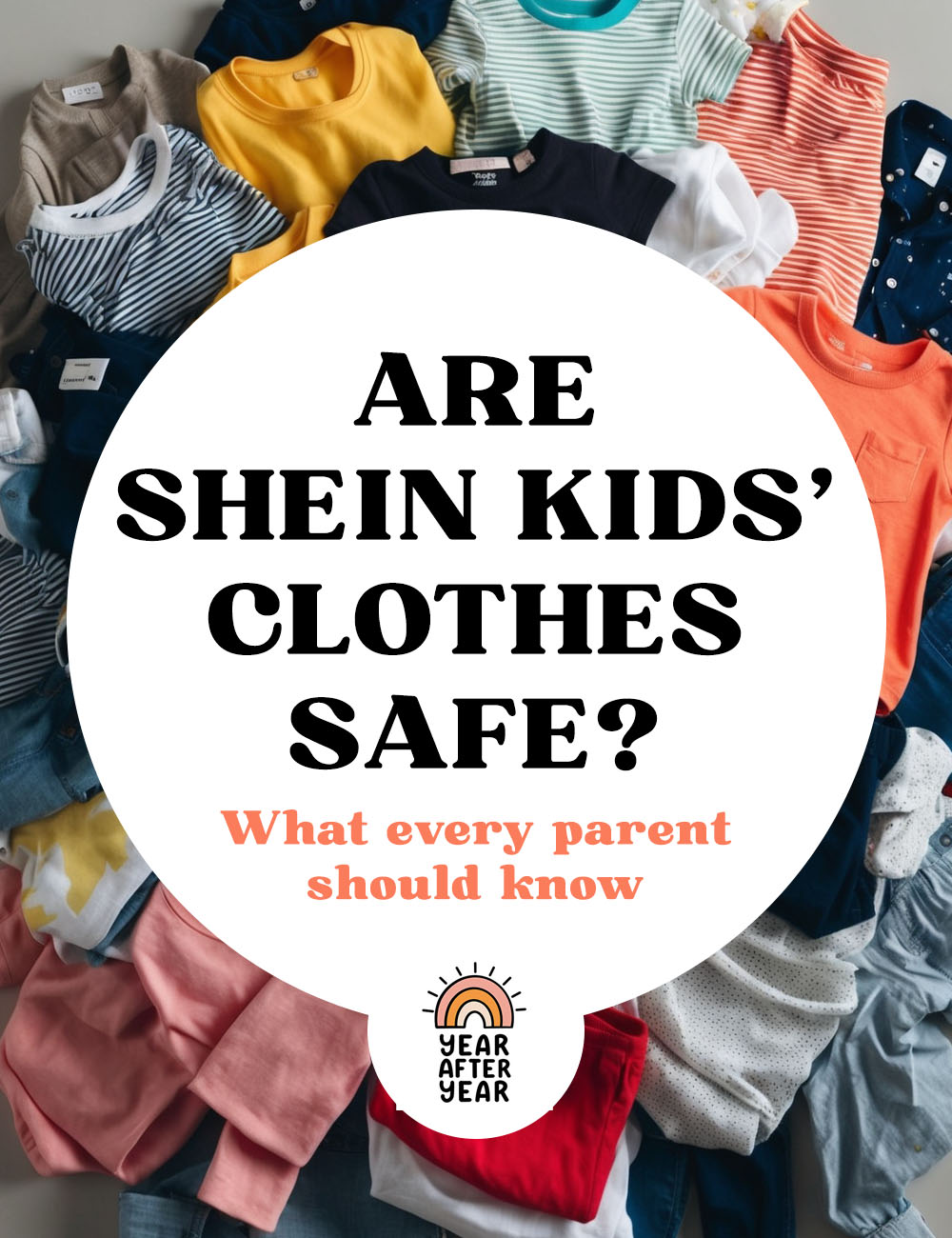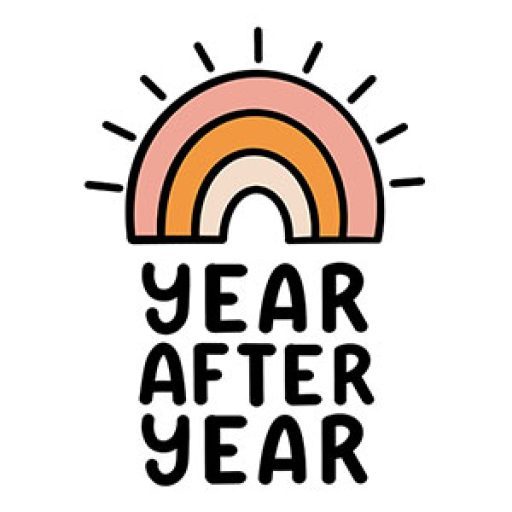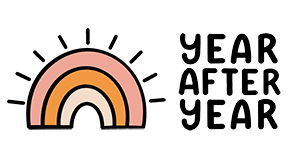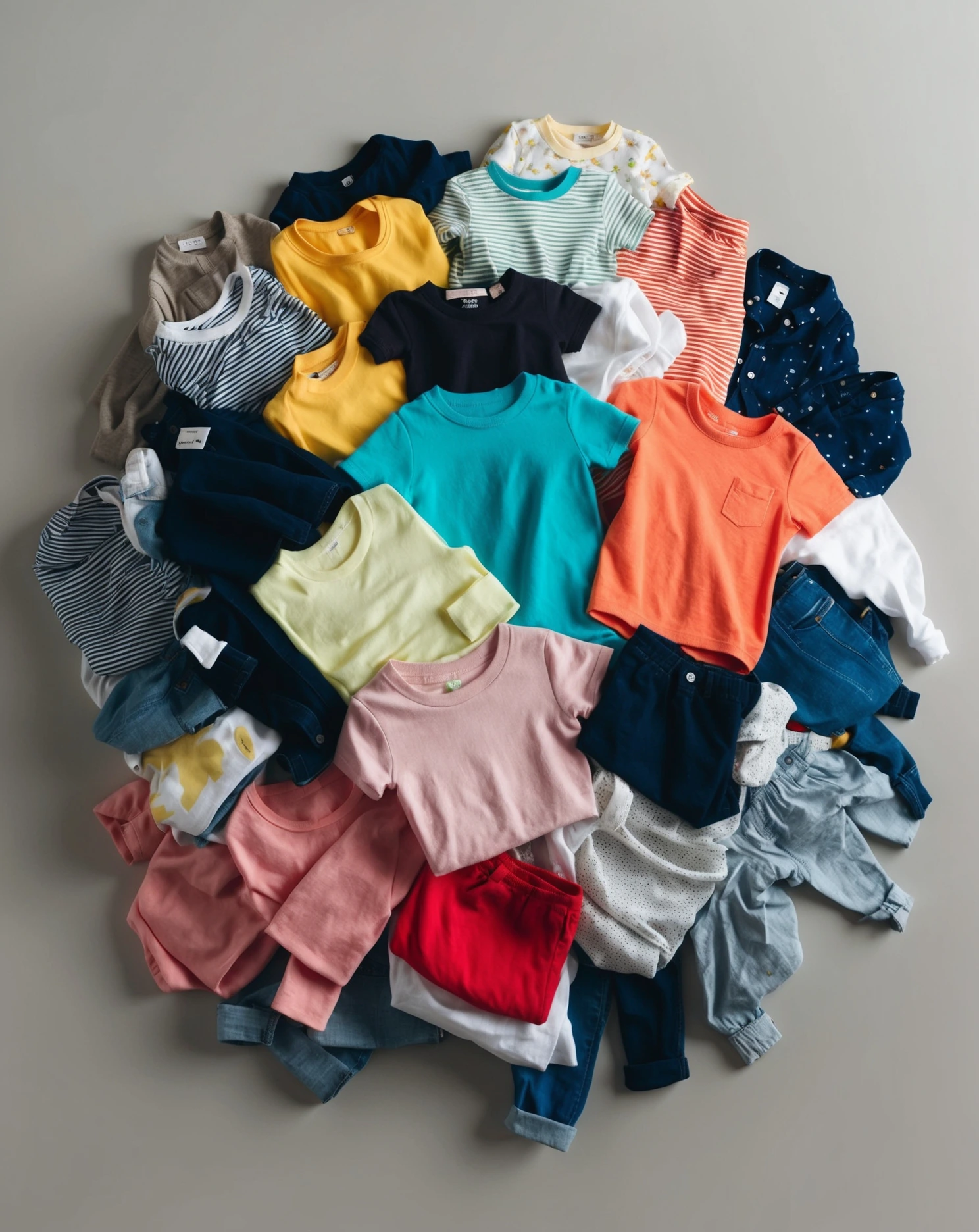Are Shein Kids’ Clothes Safe? What Every Parent Should Know
Let’s be real: when you see a $4 toddler outfit pop up on Shein, it’s tempting. Kids grow fast, they get messy, and it feels silly to drop serious cash on clothes they’ll outgrow in a season. But behind those low prices is a cost most of us never see — and it’s one we definitely wouldn’t want our kids paying.
If you’ve ever wondered “Is Shein bad for the environment?” or “Are Shein’s kids clothes safe?” — keep reading. This post pulls back the curtain on the dark side of fast fashion, especially when it comes to children’s clothing. Spoiler: it’s not pretty.
First, What Is Fast Fashion?
Fast fashion refers to clothing that’s mass-produced quickly and cheaply, usually mimicking current trends and pushing out new styles weekly (or even daily). Shein is one of the biggest players in this space. Their entire business model is built around speed, low cost, and massive volume.
Sounds great in theory… until you look at what’s going on behind the scenes.
The Problem with Shein’s Labor Practices
One of the biggest issues? Who’s actually making these clothes.
Shein has been under fire for using sweatshop-level labor conditions. Investigations have revealed workers clocking in 18-hour days, with little to no breaks, six to seven days a week. Many are paid pennies per piece, with no safety nets or fair wages.
And while that’s tragic in itself, it hits even harder when you’re buying children’s clothes — knowing someone else’s child may have suffered because of it.
TL;DR: That cute $5 toddler tee may have come at the expense of someone else’s basic human rights.
Let’s Talk About Chemicals in Fast Fashion Clothing
Fast fashion brands often skip rigorous safety testing to keep prices low and production fast. And unfortunately, that means toxic chemicals can slip through the cracks — especially when it comes to dyes, finishes, and synthetic fabrics.
A study by Greenpeace found hazardous chemicals like lead, phthalates, and formaldehyde in kids’ clothing from Shein and similar sites. These substances are linked to everything from skin irritation to hormonal disruption — and yes, they’re legal in many countries (just not recommended).
Your baby’s skin is thinner and more absorbent than yours. Do you really want questionable chemicals against it 24/7?
The Environmental Impact (a.k.a. Why Fast Fashion Is Killing the Planet)
If you’ve ever asked “Is Shein bad for the environment?” — the answer is a hard yes.
Here’s why:
- Textile Waste: Fast fashion encourages overbuying. Most of it ends up in landfills within a year. And Shein’s garments? Not made to last.
- Water Pollution: The dyeing process for synthetic clothing (especially polyester) dumps toxic wastewater into rivers — often in countries with poor environmental protections.
- Microplastics: Cheap synthetic fabrics shed microplastics every time you wash them. These end up in oceans, fish, and yep — back in us.
- Carbon Emissions: Shein ships globally, and with millions of items on rotation, the carbon footprint is massive.
Imagine this: a cute $3 romper ships halfway across the world in plastic wrap, lasts three wears, then ends up in a landfill where it sits for 200+ years. Doesn’t exactly scream “eco-conscious parenting,” does it?
But What About the Kids?
Here’s the part that really gets us: kids are the most vulnerable to the harmful effects of fast fashion — both environmentally and ethically.
You want the best for your little one: soft fabrics, safe materials, ethical choices. But when we support brands like Shein, we’re feeding a system that prioritizes profit over people, and quantity over quality.
And let’s be honest… those $4 onesies? They pill, fade, and stretch out after one or two washes. That’s not just wasteful, it’s frustrating.
What Happens When You Shop Small Instead?
Now let’s flip the script.
When you buy from a local maker or small children’s clothing brand, you’re doing more than just checking off the “cute outfit” box. You’re supporting real humans. Moms sewing during nap time. Dads screen printing tees in their garage. Creatives sourcing soft, sustainable fabrics on purpose.
Here’s what you’re actually getting when you buy from a small shop:
- Better Quality: Most small brands use higher-quality, often natural fabrics like organic cotton, bamboo, or linen. These are softer, safer, and made to last.
- Ethical Production: You know who made your kid’s clothes. And it wasn’t someone exploited on the other side of the world.
- Sustainable Practices: Small businesses tend to produce in smaller batches, reducing waste and overstock. Some even upcycle or repurpose materials.
- Community Over Corporations: Your money stays local, supports families, and fuels dreams — not billion-dollar empires with zero accountability.
- Styles You Can’t Get Anywhere Else: Forget mass-produced graphics. Small shops design with heart, meaning your kid is wearing something unique.
FAQs About Shein & Small Shops
Are Shein clothes safe for kids?
They may not be. Reports have found toxic dyes and chemicals in Shein clothing, including kids’ pieces.
Why is Shein so cheap?
Because they cut corners — using cheap materials, underpaid labor, and mass production without ethics or environmental care.
Is it better to buy kids’ clothes locally?
Absolutely. Not only are you supporting small makers, but you’re also investing in longer-lasting, safer, and more ethical pieces.
The Bottom Line
Yes, kids grow fast. And yes, it’s easy to justify cheap and cheerful outfits. But what if we rethought our approach?
What if we bought fewer pieces that actually lasted?
What if we supported real people instead of faceless corporations?
What if we made thoughtful, intentional choices — for our kids and the world they’re growing up in?
It starts with a single outfit. And a conscious choice.
Looking for ethically made, mama-owned kidswear that’s as cute as it is sustainable? Check out our handmade kids clothes — made with love, not mass production.



